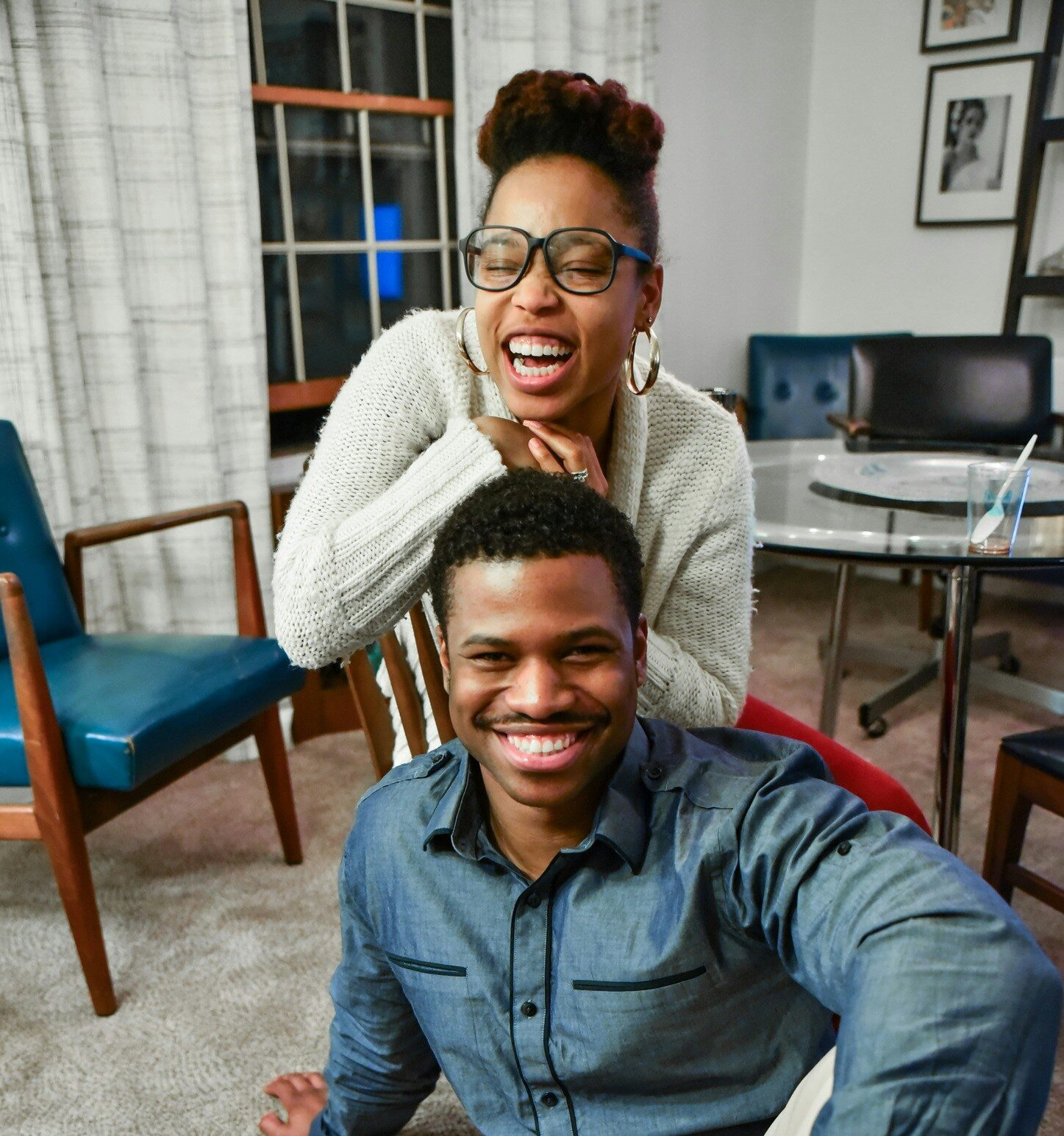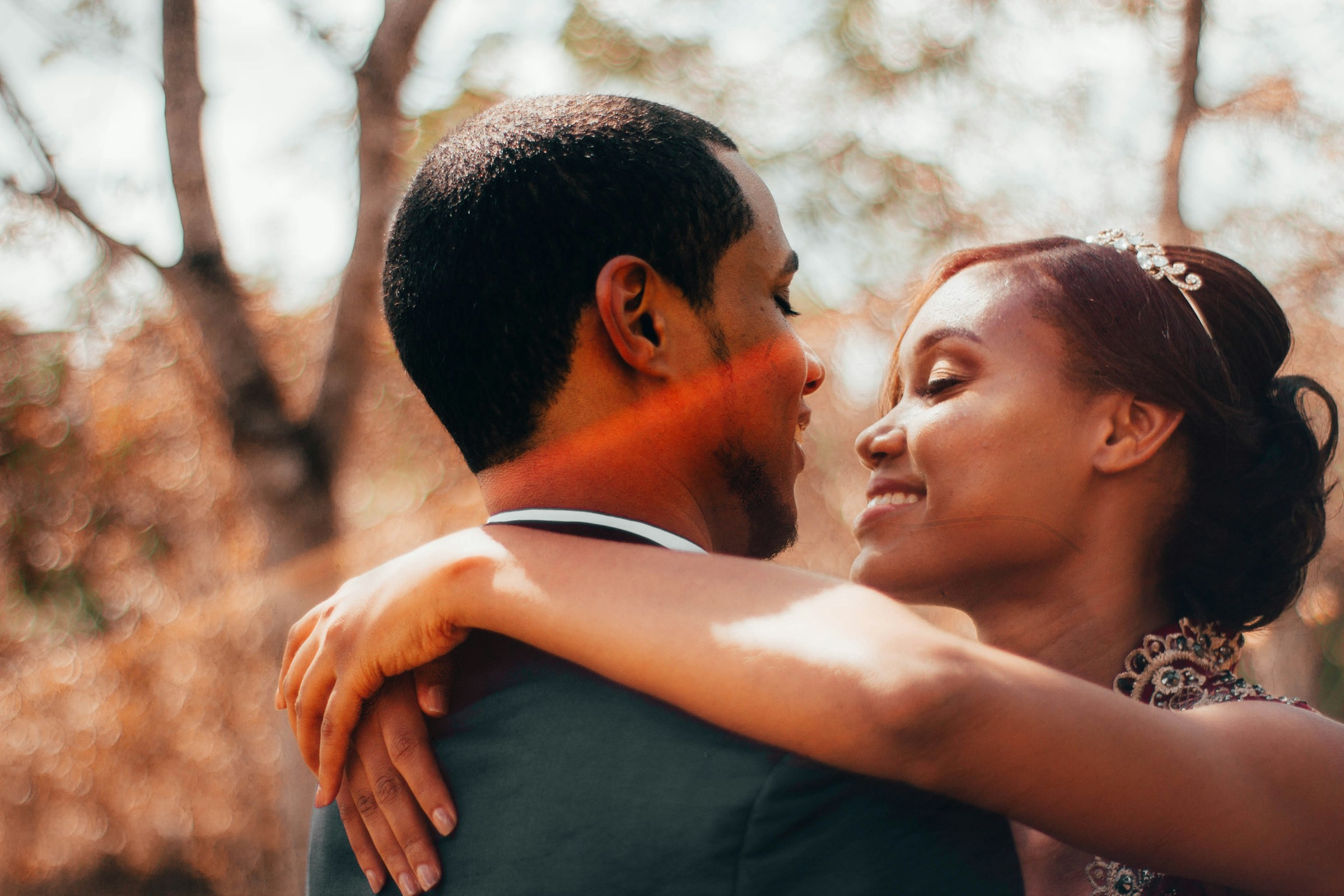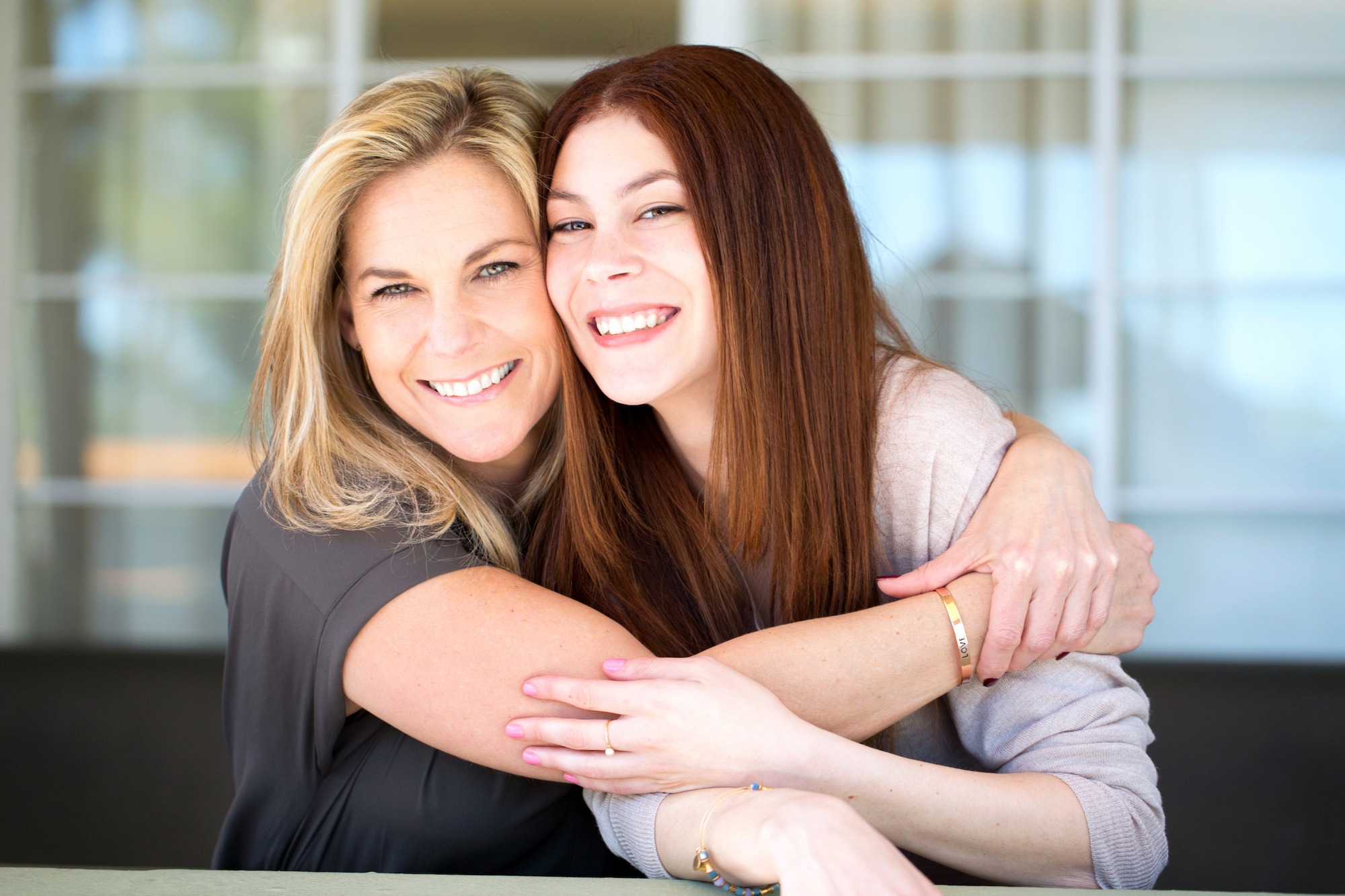-

BPD Relationships: The Best Partner for Someone with BPD
•
In this post, we explore what makes the best partner for someone with BPD and how to navigate BPD relationships for both partners.
-

Top 30 Q+A’s To Help Loved Ones Understand BPD
•
Answers to the Top 30 questions searched online that can help a loved one, friend, mentor or coworker better understand BPD.
-

Teens with BPD: How to Deal with BPD Episodes for Parents
•
BPD episodes are hard to live with when you have the condition. Teens with BPD do not have it easy. Parenting a teen with BPD can be complicated too. BPD episodes can be difficult to manage as a parent of a borderline teenager. I know firsthand because I am in remission from borderline personality disorder […]
-

The Do’s & Don’ts of Supporting a Friend with BPD
•
All You Need to Know About Helping a Friend with BPD Having a friend with borderline personality disorder (BPD) can be challenging and difficult, but it’s possible to provide your friend with the support they need. BPD is a serious mental illness that affects how someone interacts with others, manages their emotions and behaves. It’s […]
-

A Guide to Favorite Person Relationships (for BPD)
•
All You Need to Know About a ‘BPD Favorite Person’ People with Borderline Personality Disorder (BPD) often struggle to form and maintain meaningful relationships. In many cases, they may develop an intense attachment to one person in particular, known as a favorite person (or FP). This is a complex relationship that can be incredibly rewarding […]